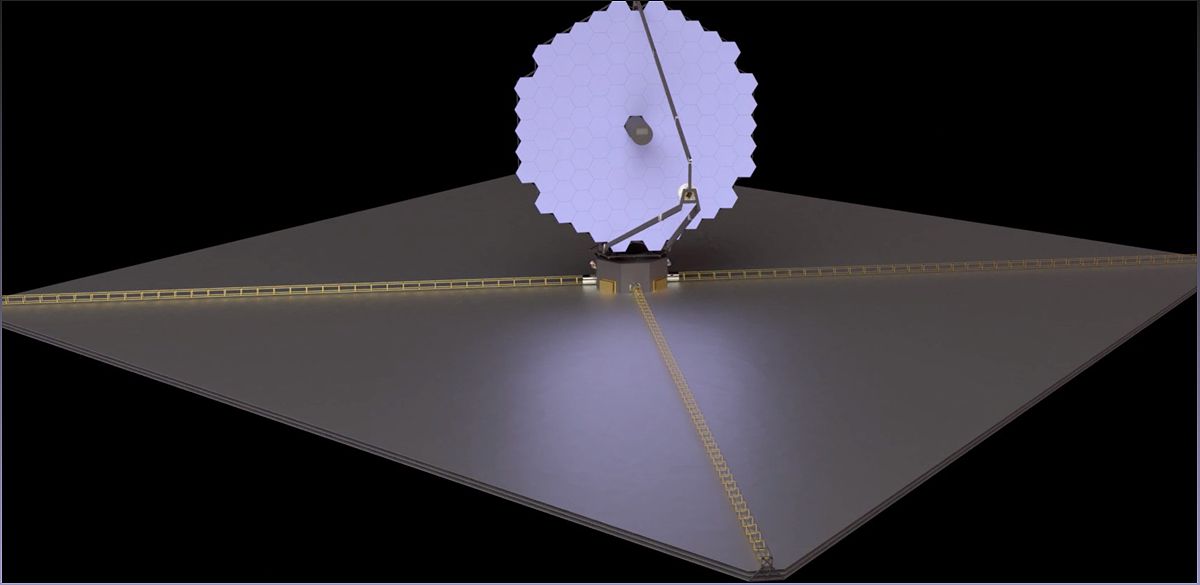The Astonishing Innovations of Origami: From Space Telescopes to Disaster Shelters
Origami, the art of paper folding, is not just a decorative craft. It is a powerful tool that is reshaping civilization across various scientific domains. By applying computational tools and mathematical principles, origami is enabling advancements in space telescopes, microbots, molecular machines, disaster shelters, and more. In this article, we will explore the mind-blowing examples of how origami is exponentially multiplying human capabilities and driving the fusion of art and technology. Get ready to be amazed by the astonishing innovations that origami has unleashed!
Unfolding Space Telescopes
Discover how origami principles are revolutionizing space telescopes and enabling the exploration of extrasolar systems.
Origami is not limited to paper cranes and swans. Its principles are being applied to space telescopes, allowing for the unfolding of vast arrays in orbit. By planning precise folding patterns, next-gen observatories like LUVOIR can compactly fit within launch vehicles before expanding delicate mirrors from origami-like folding layers.
This innovative approach to telescope design offers numerous advantages. It allows for the creation of larger detection areas, enabling previously impossible astrophysics research into extrasolar systems and exoplanets. Additionally, telescope architectures can be launched at a fraction of the traditional fabrication expense.
Assembling Microbots
Explore how origami engineering is revolutionizing the assembly of microbots, leading to advancements in medical interventions.
Microbots, tiny robots used in medical interventions, are gaining unprecedented mobility thanks to origami engineering. Crease pattern algorithms are used to rapidly generate complex medical nanobots by compactly flattening their form factors onto silicon wafers.
Controlled heating then initiates automatic self-assembly as conductive hinges fold into ingenious multi-jointed topologies, enabling agility previously unthinkable at such small dimensions. This blend of ancient paper art and surgical micro robotics is pushing medical interventions towards less invasive procedures.
Modeling Molecular Machines
Discover how origami mathematics is being used to construct elaborate molecular components and revolutionize fields like medicine and physics.
Origami mathematics is not limited to physical structures. It is also being employed in the construction of molecular machines, such as unfolding rotors, deformable circuits, and hinged polyhedrons. These intricate structures precisely choreograph atomic dance routines at the quantum level.
By translating the paper folding technique into biochemical self-assembly codes, scientists can programmatically design custom smart materials. These materials can act as nanorobotic arms, turning proteins on/off or delivering patient-specific drugs guided by cancerous chemical signatures. This emerging field of 'DNA origami' is redefining medicine, computer science, physics, and the boundaries of life itself.
Sheltering Disaster Victims
Learn how origami techniques are being used to rapidly fabricate adaptable temporary housing for disaster-stricken communities.
Origami techniques are not limited to scientific domains. They are also being applied to disaster relief efforts, enabling the rapid fabrication of adaptable temporary housing. By mathematically mapping efficient fold patterns onto materials, shelters can be quickly deployed after disasters, providing transitional communities with much-needed shelter.
These shelters are designed to be compact and space-saving, with interlocking walls made using folding techniques. Additionally, origami principles are being used to create water filtration devices that can compress for portable clean water during droughts or pollution emergencies. Photovoltaic panel designs are also being optimized for refugee camps, maximizing portable renewable power through creased surfaces. Origami emergency architecture is bringing hope and sustenance to vulnerable people forced from their homes during catastrophes.
Exploring Exoplanets
Discover how origami-inspired designs are enabling interplanetary exploration and the study of exoplanets.
Origami-inspired designs are not limited to Earth. They are also revolutionizing interplanetary exploration. Michelin tires reinforced with origami-inspired rigidizable textiles are providing rovers with agile mobility to navigate unpredictable terrains on alien environments.
Additionally, folding solar sails with ultra-thin membranes are being used to propel tiny CubeSat probes across our Solar System and even interstellar space. These starfaring craft employ mathematical origami models to balance extreme lightness with durability, allowing for highly collapsible yet durable expanding mechanical systems. By leveraging origami designs, scientists are exploring exoplanets and unraveling astrophysical mysteries. The possibilities are truly out of this world!
Envisioning Emergent Engineering
Explore how origami is transforming from an ancient craft to a systematic methodology, combining human imagination with artificial intelligence.
Origami is not just an art form. It is evolving into a systematic methodology that combines human creativity with artificial intelligence. By encoding paper folding techniques into algorithmic definitions usable by AI, researchers are unlocking emergent possibilities across various domains.
Origami thinking allows for exponential expansion of the mind's capabilities. This harmonization of hands, minds, and machines promises to restructure inventive capacities themselves. As origami integrates intuitive creativity with rigorous computability, it dissolves the perceived divisions between human artisanship and technological design. The future of origami holds endless potential for innovation and advancement.

